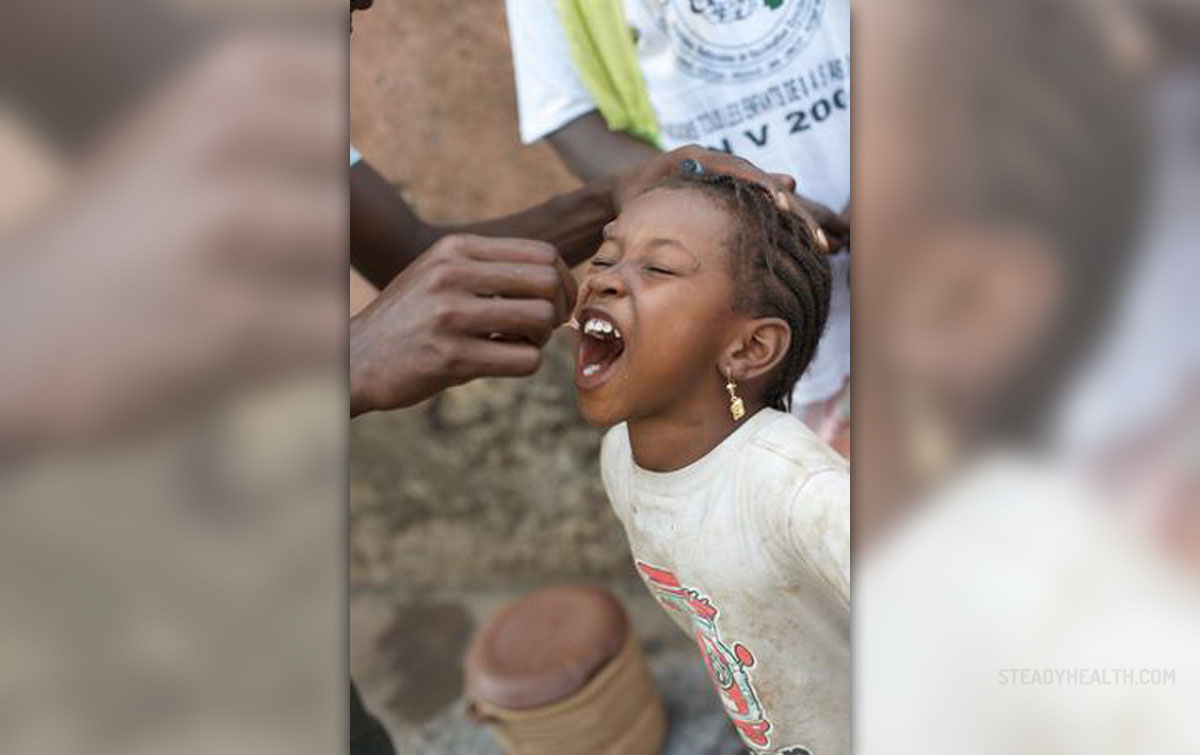
Post Polio Syndrome - Overview
PPS, short for Post Polio Syndrome is a condition which develops in the people who have had polio infection. It develops between 10 and 40 years after recovery from the initial attack of the infection. This syndrome features with additional weakening of muscles previously affected by the polio virus, severe fatigue and eventual muscle atrophy. Patients may suffer from muscle and joint pain and they even develop bone deformities such as scoliosis. In extreme cases there may be breathing and swallowing difficulties, sleep disorders and one may develop intolerance to cold. PPS is life-threatening only in small number of patients.
The actual mechanism how symptoms in PPS develop has not been identified yet. Still, it is believed that loss of nervous cells which are in contact with muscle fibers is associated with the condition. During the primary infection with polio certain motor neurons are destroyed and muscle function is lost for good. Compensatory mechanisms lead to sprouting of the extra branches of the nerves called axons. They attach to the muscles which were deprived from nerve supply. This process restores lost muscle function. Certain number of scientist considers that axonal sprouts are not able to hold forever, particularly if they are over exerted. They degenerate in time and muscles again lose their ability to contract.
Unfortunately, the test for diagnosing PPS is not available yet. However, many studies research the causes and development of this medical condition in order to establish proper diagnosing, treatment and rehabilitation.
Poliomyelitis
People cannot develop PPS unless they have not previously had poliomyelitis. This is a rather contagious viral infection which features with fever, headache, vomiting, stiffness in the neck and pain in the limbs and paralysis.
Today vaccination against poliomyelitis is very effective way of prevention against the infection. Poliomyelitis may affect partially immune people or those who have not received the vaccine at all. The most affected group includes children under the age of 5.
The infective agents are spread by person to person contact. The transmission follows fecal-oral route. After entering the body the virus reaches intestines, multiplies and enters the blood stream. Viral particles attack the nervous system and cause specific symptoms of the infection.
In 1 out of 200 cases there is a chance of irreversible paralysis. Paralysis affects less than 15 of all polio infections. Some people may even die due to paralysis.
Prevention of polio is successfully achieved by vaccination. Once the infection has started there is no cure and the prognosis is uncertain. Thanks to the vaccine polio is eradicated from the majority of countries. Only 7 countries are still polio-endemic.






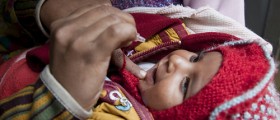



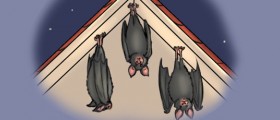
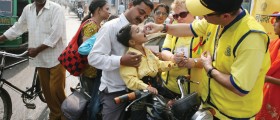



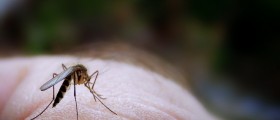
Your thoughts on this
Loading...